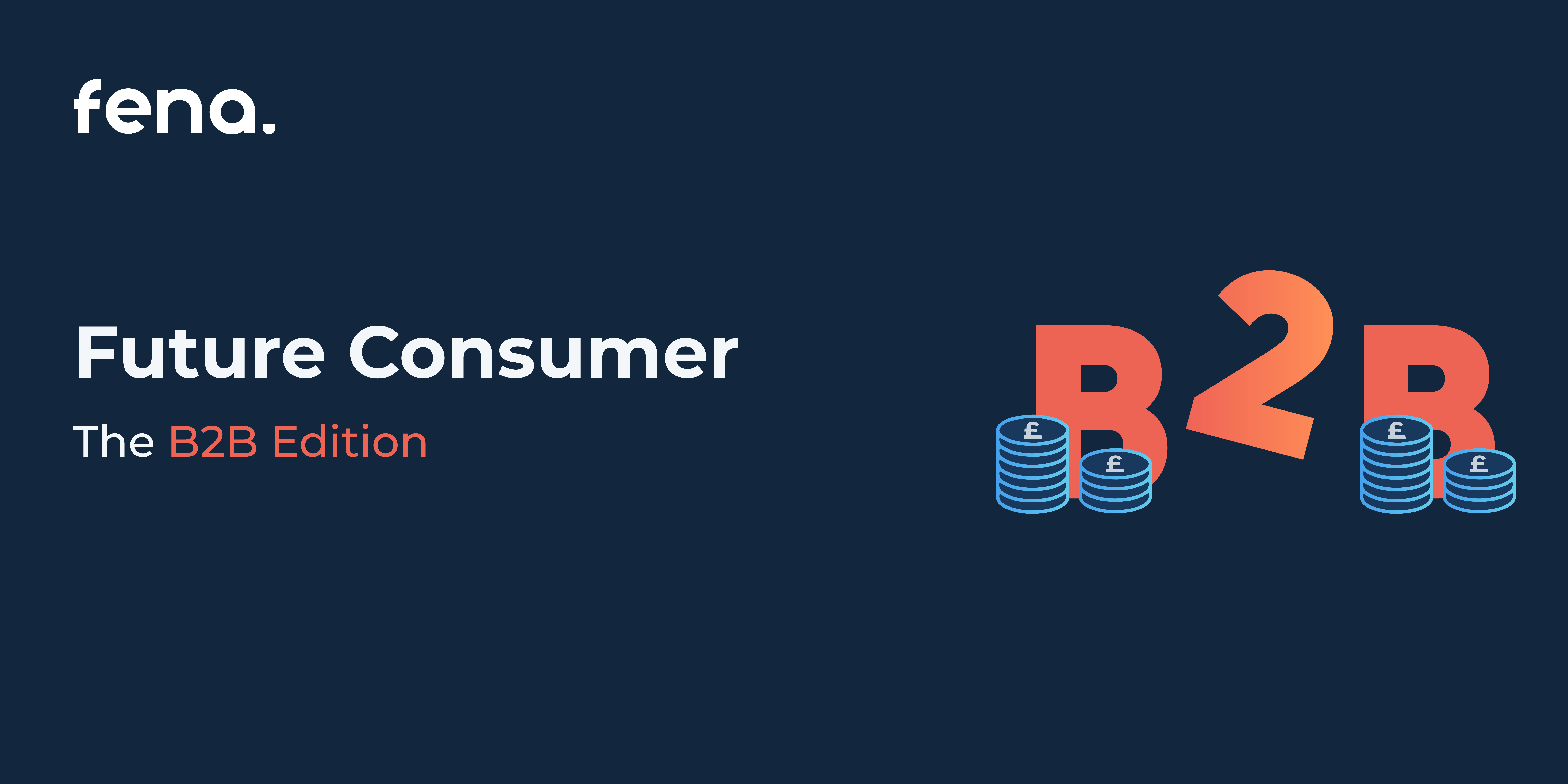The future of B2B buyer behaviour: A comprehensive analysis
by Gosia Furmanik on March 22, 2023

Executive Summary:
The business-to-business (B2B) buying landscape has experienced a significant transformation over the last five years, driven by various factors such as e-commerce growth, social media proliferation, the COVID-19 pandemic, geopolitical tensions, and supply chain disruptions. This report delves into the changing dynamics of B2B buying behaviour, highlighting the key drivers of change and providing examples of firms that have adapted to these new trends.
Influence of E-commerce on B2B Buyers' Behaviour
The rise of e-commerce has significantly impacted B2B buying behaviour. With the increased availability of online marketplaces and platforms, buyers now have access to a wider range of suppliers, competitive pricing, and streamlined purchasing processes.
The adoption of e-commerce has led to:
a. Greater price transparency and comparison.
b. Faster and more efficient procurement processes.
c. Increased demand for personalised and customisable products.
Example: Grainger, a leading industrial supply company, has adopted an e-commerce model to facilitate faster and more efficient procurement processes for its clients.
Proliferation of Social Media for Marketing Purposes on the B2B Side
Social media has become a powerful tool for B2B marketing, enabling companies to showcase their products and services, engage with potential customers, and generate leads. As a result, B2B buyers are now more likely to discover new suppliers and solutions through social media channels, such as LinkedIn and Twitter.
Example: Adobe, a global software company, has successfully leveraged LinkedIn to target and engage with B2B buyers by sharing thought leadership content and hosting webinars.
Pandemic-Induced Shift to Digital Communication
The COVID-19 pandemic has accelerated the adoption of digital communication tools like Zoom, Microsoft Teams, and other virtual meeting platforms. As face-to-face interactions have become less feasible, B2B buyers have adapted to remote collaboration, virtual product demonstrations, and online negotiations.
Example: Cisco, a multinational technology company, has shifted to virtual product demonstrations and webinars to engage with its B2B customers during the pandemic.
Impact of Geopolitical Tensions and Supply Chain Disruptions
The ongoing war in Ukraine, US-China conflict, and other geopolitical tensions, coupled with supply chain disruptions, have forced B2B buyers to seek suppliers with near-shoring capabilities. This trend is driven by the need for more resilient and localised supply chains, shorter lead times, and reduced transportation costs.
Example: Apple, the tech giant, has diversified its supply chain by shifting some of its production to countries like India and Vietnam in response to the US-China trade tensions.
Conclusion:
The future of B2B buyer behaviour will continue to evolve in response to technological advancements, global events, and changing customer expectations. Businesses must stay agile and adapt to these new dynamics to remain competitive in the ever-changing B2B landscape. By embracing e-commerce, leveraging social media, and adapting to new communication methods, B2B buyers can ensure they are well-equipped to navigate the challenges and opportunities that lie ahead.